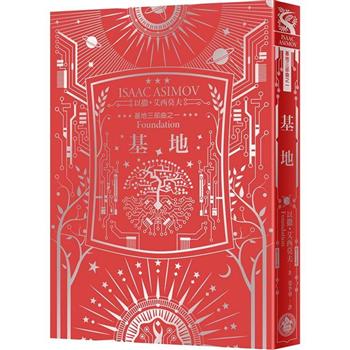Lush-leaved lemon trees are as common as backyard swimming pools in California, where we moved when I was nine. Throughout the year, the air is perfumed with their scent, especially that of the thin-skinned, marigold-yellow Meyer lemon. There are rough-skinned, egg-shaped Eureka and Lisbon lemons too, in shades of pale yellow and green. But their sunny appearance belies what’s inside-a fruit nearly impossible to eat, as the Peter, Paul and Mary song goes: "Lemon tree, very pretty, and the lemon flower is sweet, but the fruit of the poor lemon is impossible to eat."
A lemon’s unapologetic acidity-sharp enough to create a honeycomb tunnel from one end of my peppermint stick to the other-imparts an intense freshness as vital to coaxing good flavor from your cooking as salt. A squirt of lemon juice brightens savory dishes and gives an unmistakable edge to desserts. Lemon zest adds a punch of lemony flavor to everything from rich goat cheese gnocchi and creamy risotto to cornmeal waffles and beloved lemon bars. Whole lemons- preserved, pickled, pureed, salted-become delicious condiments, their sourness subdued by the similarly bold flavors of the Middle East and Southeast Asia. Strips of lemon peel garnish cocktails and infuse the contents of simmering pots with potent lemon essence. Though I am committed to cooking primarily with ingredients that grow close by and are in season, I’ll make an exception for lemons without hesitation











